
Arabic / Turkish Ney.
The ney is an end-blown woodwind that figures noticeably in Middle Eastern music. In some of these musical customs, it is the main wind instrument utilized. The ney has been played consistently for a long time, making it one of the most established musical instruments still being used.
The ney comprises of a bit of empty stick or reed with five or six finger gaps and one thumb opening. Present day neys may be made rather than metal or plastic tubing. The pitch of the ney differs relying upon the district and the finger game plan.
The Turkish ney is an end-blown reed woodwind, an Ottoman variety on the antiquated ney. An edge blown, diagonal woodwind made of reed, the Turkish ney has six finger-openings on the front and a high-set thumb-gap on the back. A highlight that recognizes it from comparable instruments of different societies is the flared mouthpiece or lip-rest, called a bashpare, customarily made of water wild ox horn, ivory, or coal black, however in advanced times numerous are plastic or comparative sturdy material. Like most edge blown woodwinds, the Turkish ney is played by blowing a limited airstream at a point against the inside edge. Other than the finger openings, the pitch is modified by altering the embouchure, edge and power of the breath, with more intense creating the higher pitches.
TUNNING THE NEY
Arabic ney tuning: C - Rast , D - Dukah, E - Busalik, F - Jaharka , G - Nawa , A - Hussayni, B - Ajam
Turkish Ney Tuning: E- Bolâhenk, E♭ - Bolâhenk-Sipürde Mâbeyni , D - Sipürde , C♯ - Müstahsen ,
C - Yıldız , B - Kız, B♭ - Kız-Mansur Mâbeyni , A - Mansur, A♭ - Mansur-Şah Mâbeyni , G - Şah (shah), F♯ - Dâvud , F - Dâvud-Bolâhenk Mâbeyni.
These are the general rule that apply to a ney.
• The rougher the drag, the compliment the note and the less responsive the instrument;
• the bigger the tone gap, the more honed the note, up to a certain point, after which the vibrating air section reacts to the open tone opening as though it were the end of the flute;
• The bigger the drag, the compliment the note and the harder it will be to play higher hints;
• the littler the tone gap, the more the note will be influenced by other tone gaps being open or shut distally (further down the air segment) to that tone gap;
• The littler the tone gap, the compliment progressive hints will be. A woodwind with tone openings too little won't be tuned in to itself. The upper hints will be too level.
The individual who plays the ney is called "nayi" in Arabic and "neyzen" in Farsi.
There are 22 sorts of ney, including fundamental, "mağbeyn" and "nısfiye."
However I am certain that when you listen this sacred distinctive resting inviting sound, you overlook everything and simply need to listen endlessly without not being aggravated. It is accepted that when a human's spirit is consolidated with a human body and goes to the material world, the spirit ceaselessly longs for hell's sake. The sound of the ney speaks to its aching towards its reed field. Moreover, the ney's sound can impact a crowd of people in the same way, and improves the affection for Go.










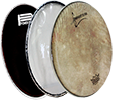






















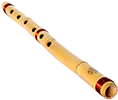
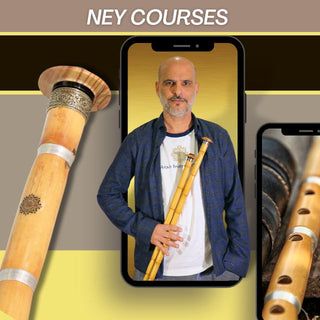



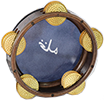


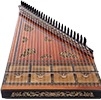
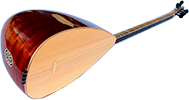
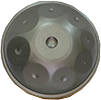
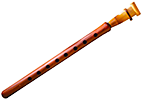








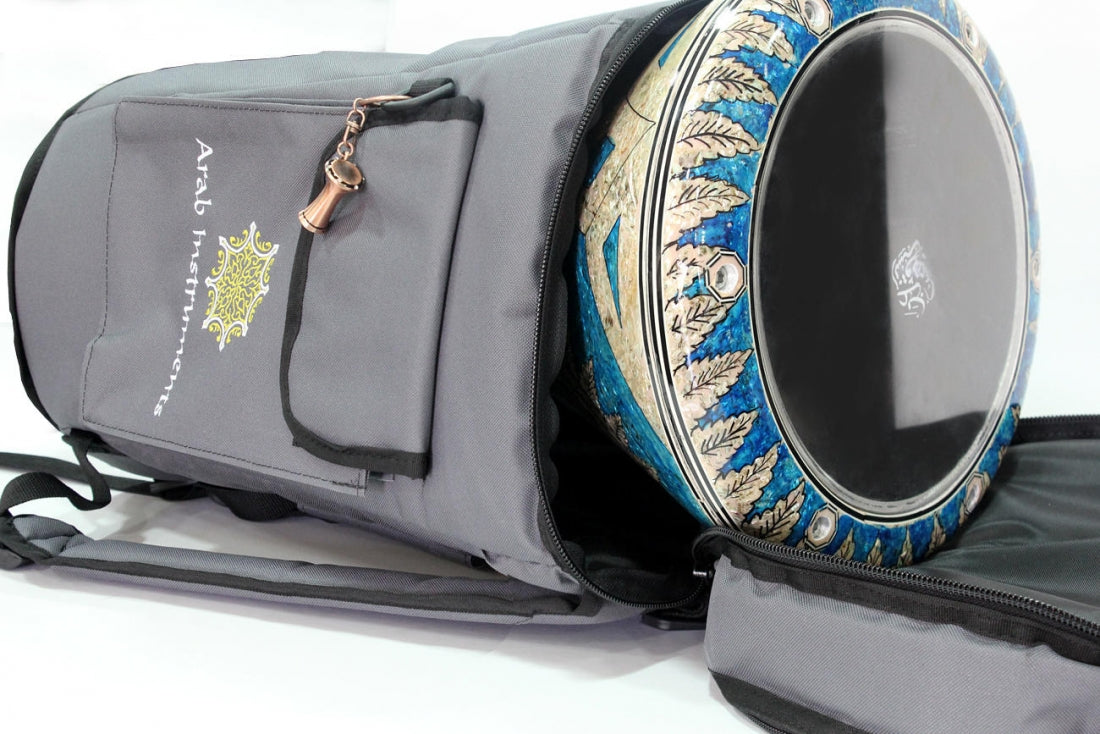
Leave a comment
This site is protected by hCaptcha and the hCaptcha Privacy Policy and Terms of Service apply.